SMS Gateway vs. SMS Portal: Which is More Effective for Marketing?
In the past, businesses used ads in newspapers, TV commercials, and emails to reach people...
Learn more



Omnichannel marketing means reaching customers in different ways while making sure their experience is the same everywhere. It includes stores, websites, mobile apps, and social media. Whether a customer shops online, in a store, or both, it should be easy and smooth. Many businesses use this strategy to make shopping simple and better.
Today, people want quick and easy access to products and services. Businesses help by giving them different ways to shop and connect. This makes customers happy, builds trust, and increases sales by making shopping fast and stress-free.
Omnichannel marketing helps businesses connect with customers in many ways, like websites, mobile apps, social media, and physical stores. It makes sure that the experience is smooth and connected no matter where customers shop. For example, a customer can browse products online, add them to their cart, and later buy them in-store without any trouble. This makes shopping easier, more convenient, and more personal, leading to happier customers.
By 2025, omnichannel marketing will be a must for all businesses. Customers now expect a smooth and personalized experience wherever they shop. This strategy helps businesses increase sales, keep customers coming back, and understand their needs better. Industries like retail, healthcare, and finance already use it to improve service and engagement. Connecting all channels makes shopping faster, more enjoyable, and stress-free, making omnichannel marketing a key part of business success today.
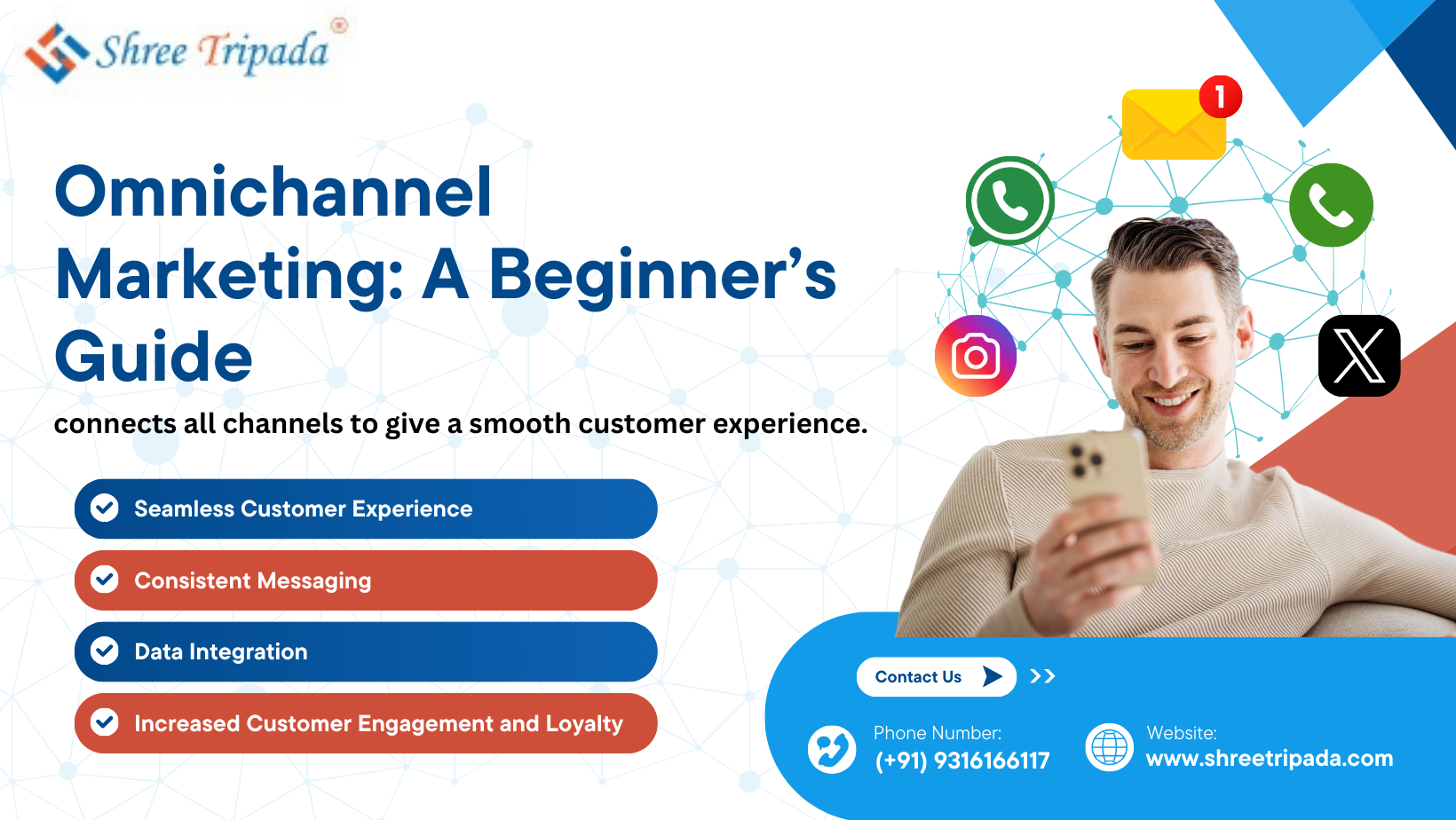
Today, businesses use different ways to connect with customers. Two common methods are Multichannel Marketing vs Omnichannel Marketing. Both use many platforms, but they work in different ways. When comparing omnichannel vs multichannel marketing, the key difference is that multichannel marketing treats each platform separately, while omnichannel marketing ensures all channels work together seamlessly. Let’s explore the differences!
Multichannel marketing means using different platforms to connect with customers. These platforms can be websites, social media, email, SMS, and physical stores. However, each platform works separately and does not share customer information.
For example, a brand may promote a product on Instagram, send an email campaign, and sell the same product in a store. But if a customer sees the ad on Instagram and later visits the store, the store will not recognize them or connect their shopping experience.
Omnichannel marketing connects all platforms to create a smooth and connected customer experience. Unlike multichannel marketing, where each platform works separately, omnichannel marketing examples show how businesses integrate websites, mobile apps, social media, and physical stores to provide seamless interactions. With data shared across all channels, customers can switch between them effortlessly without losing their progress.
For example, a customer can browse products on an app, add an item to their cart, and later receive an email reminder. If they visit the store, a salesperson can see their browsing history and offer personalized recommendations. This makes shopping more convenient and enjoyable.
Omnichannel attribution helps businesses track customer activity across different platforms like social media, websites, emails, and physical stores. Traditional tracking methods do not capture the full customer journey, making it hard to know which marketing efforts drive sales.
Omnichannel attribution solves this by studying all touchpoints, helping businesses make better decisions and improve marketing strategies.
Omnichannel attribution is essential for businesses today. It helps improve results, enhances customer experience, and drives business growth.
McDonald's makes ordering food easy with its mobile app, website, and in-store kiosks. Customers can order food through the app, customize their meals, and choose delivery, drive-thru, or in-store pickup. The app also saves past orders and offers special deals, making the experience simple and convenient on any device.
Nike combines online and in-store shopping with its Nike App and in-store technology. Customers can browse products online, check if they are available in stores, and scan items in-store for more details. The "Buy Online, Pick Up In-Store" (BOPIS) feature makes shopping smooth and flexible, allowing customers to shop however they prefer.
Apple creates a seamless experience by linking its app, website, retail stores, and customer support. Customers can buy products online and pick them up in-store, where employees can access their purchase history. Apple’s support system also ensures that whether a customer asks for help through the app, website, or in-store, their issue is resolved quickly, making the experience smooth and hassle-free.
Omnichannel marketing creates a smooth experience for customers across different platforms, and bulk SMS service is a key part of this. Businesses use SMS to send special offers, order updates, and important alerts, keeping customers informed at all times. Whether a customer shops online or visits a store, SMS helps them stay connected through instant messages. It also connects digital and physical stores, making communication faster and more effective.
One of the most important uses of bulk SMS service in omnichannel marketing is OTP verification. An OTP sender quickly sends one-time passwords for secure logins, payments, and account verification. This improves security and customer trust while making transactions safer. Bulk SMS is also useful for customer support, appointment reminders, and feedback collection, making it an essential tool for businesses to stay connected with their customers across all channels.
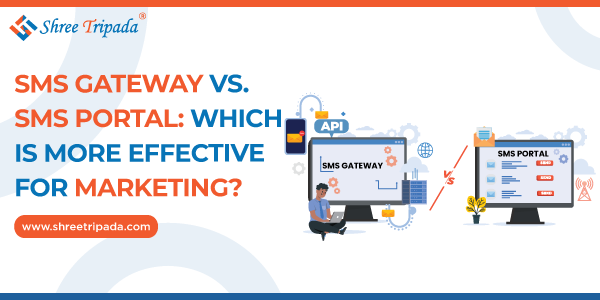
In the past, businesses used ads in newspapers, TV commercials, and emails to reach people...
Learn more
Omnichannel marketing helps businesses talk to customers on different platforms easily...
Learn more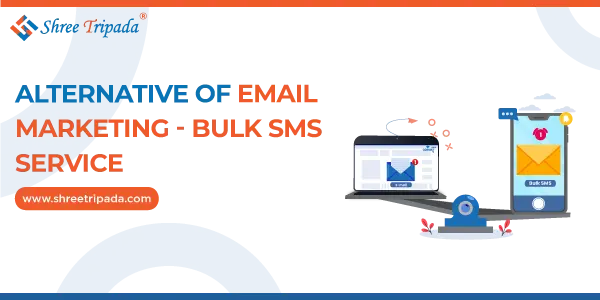
Bulk SMS offers businesses an efficient and affordable method to reach large numbers...
Learn more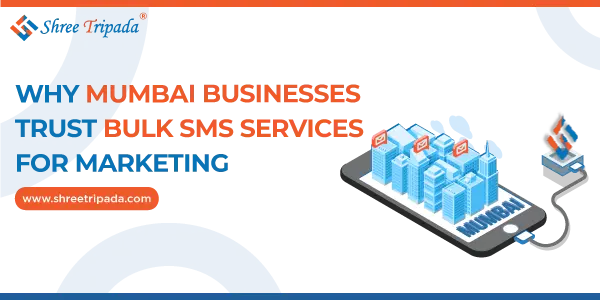
Mumbai is well known for being the financial capital of India; Mumbai is the first city to have approximately...
Learn more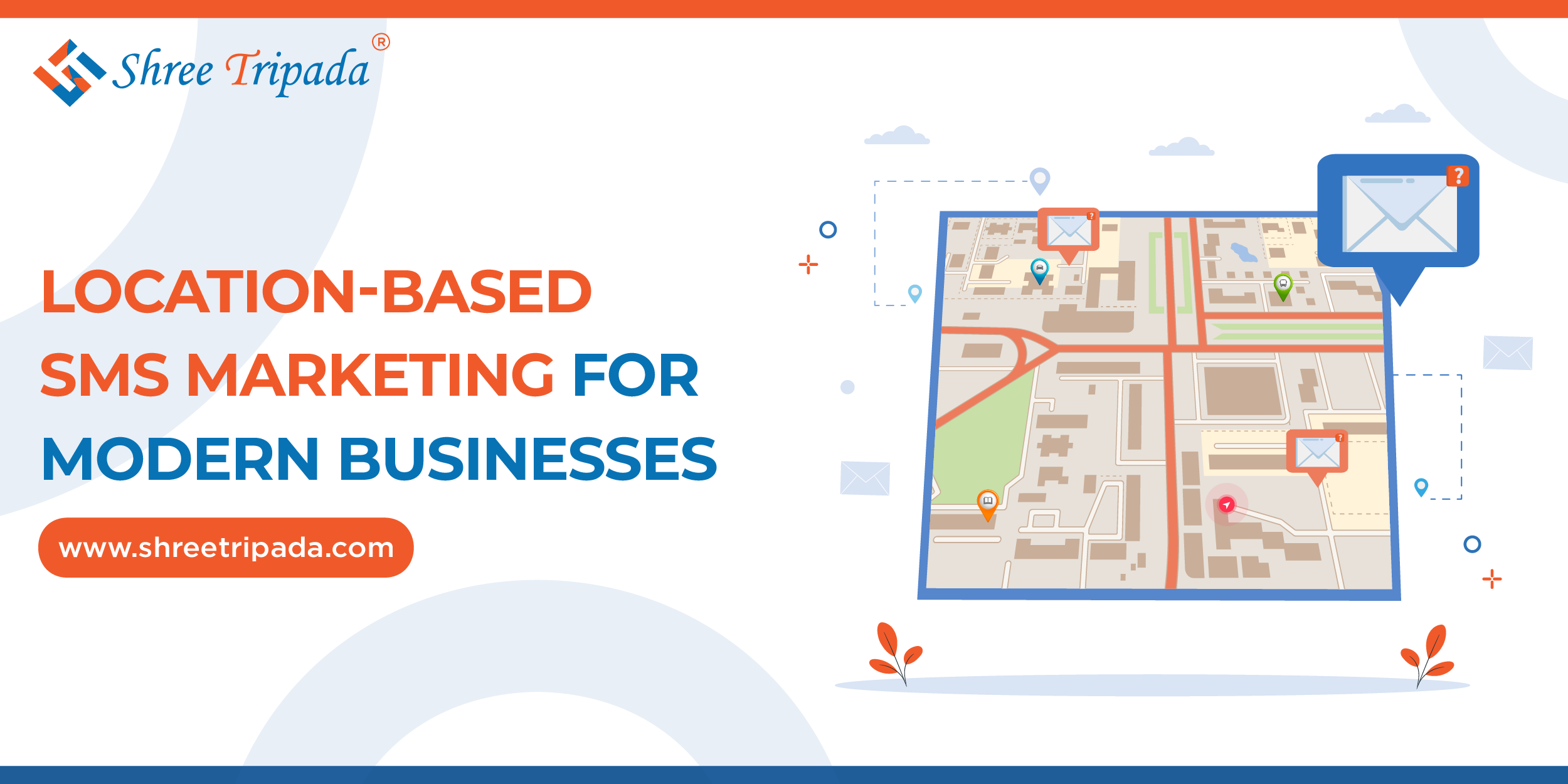
Location-based SMS marketing lets businesses deliver text messages to customers...
Learn moreImportant Links
Shree Tripada Infomedia India Private Limited
Corporate Head Office:
706 , 7th Floor , North Plaza, Nr 4D Square mall, Beside PVR, Opp Palladium
Nr.Visat Circle ,Motera, Sabarmati, Ahmedabad, Gujarat 380005